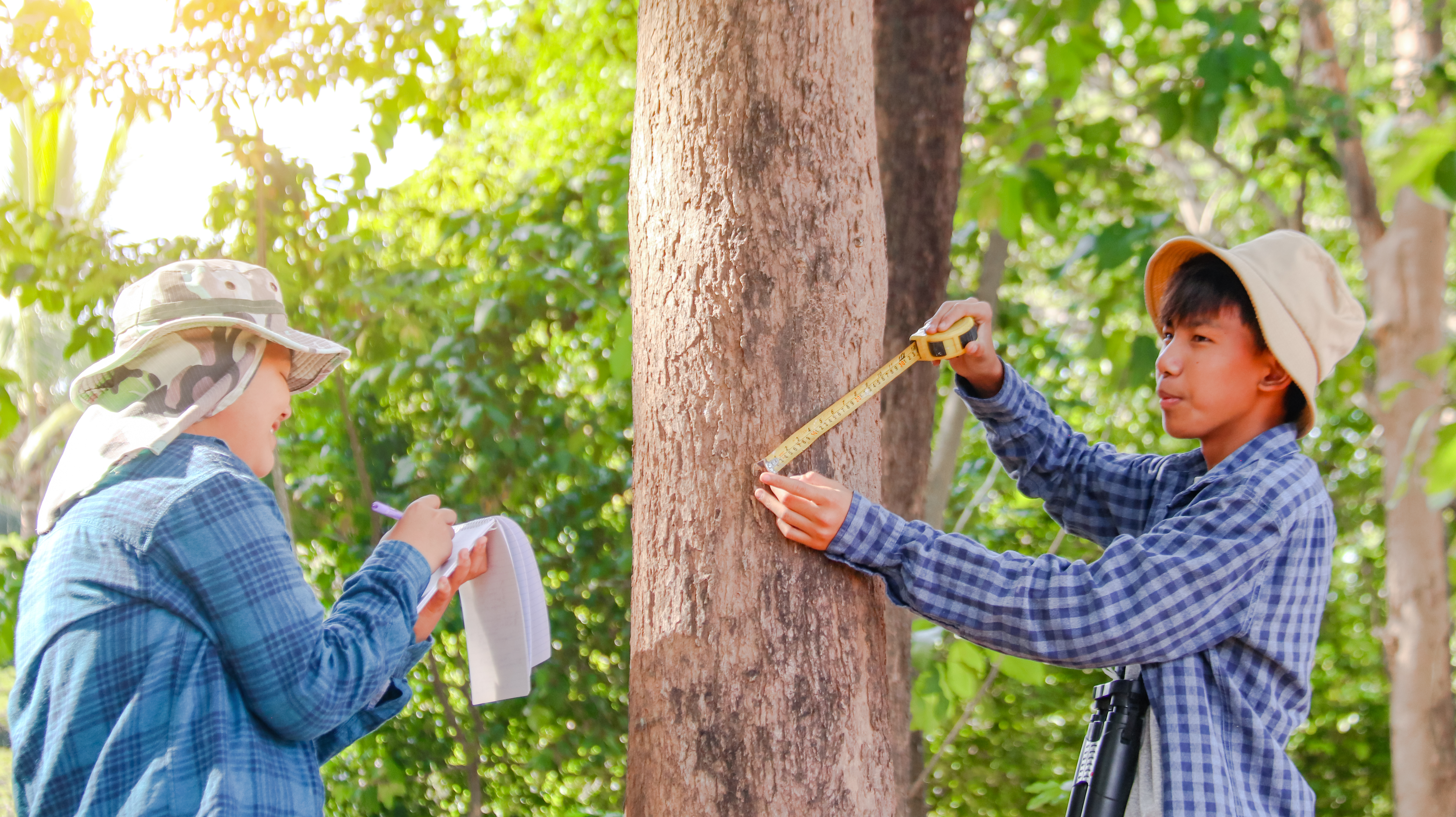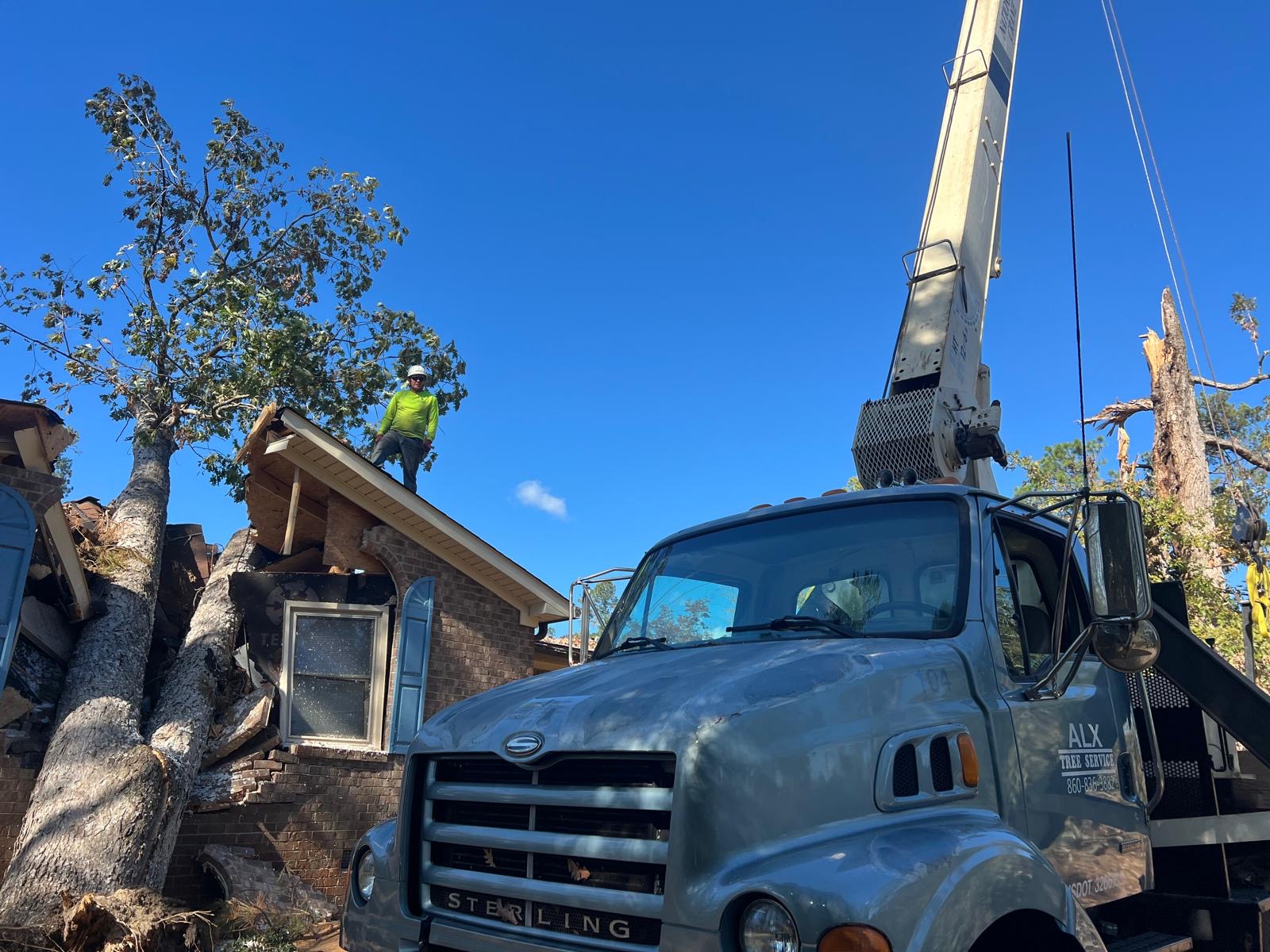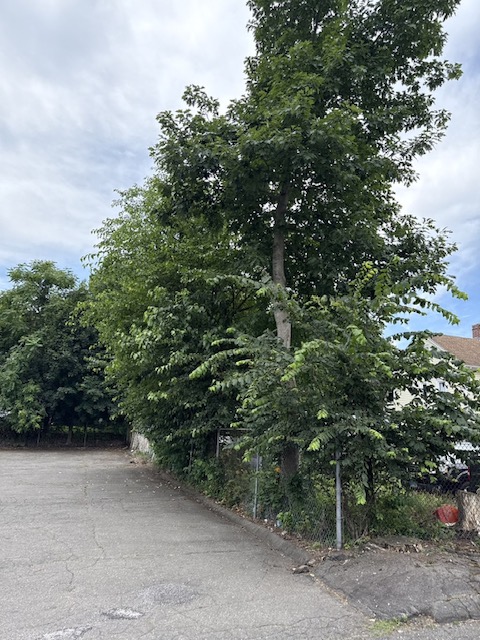Understanding the Costs of Emergency Tree Services
By Tree Emergency Expert
Tree Emergency Expert

Emergency tree services can be costly, but understanding the factors that influence pricing helps you prepare. From timing to equipment needs, every detail matters.
Emergency tree services often catch property owners off guard. One moment, your yard is calm and peaceful; the next, you’re dealing with a massive branch on your roof or a tree blocking your driveway. Here’s a startling fact: emergency tree removal costs can be anywhere from $500 to over $5,000, depending on the situation. That’s a big price tag! Understanding these costs before disaster strikes can save you from sticker shock and help you make informed decisions.
Let’s break down the main factors that influence the cost of emergency tree services and how you can manage these expenses effectively.
1. Timing Matters: Day, Night, or Weekend?
When a tree emergency strikes, the timing can significantly impact the cost. After-hours or weekend calls often come with higher rates.
Actionable Tip: If the situation isn’t immediately dangerous, consider scheduling service during regular business hours. This could save you hundreds of dollars.
2. Tree Size and Complexity
Not all trees are created equal. Removing a small tree is far less complicated (and expensive) than tackling a massive oak with sprawling limbs.
Actionable Tip: Get an estimate that breaks down the cost by tree size and complexity. Knowing what you’re paying for helps you spot overpriced services.
3. Location, Location, Location
A tree’s placement on your property can make or break your budget. Trees close to homes, power lines, or other structures require extra care, which drives up costs.
Actionable Tip: Regularly inspect trees near structures or utilities. Proactive trimming can prevent emergencies and save you money in the long run.
4. Equipment and Crew Needed
Emergency tree removal often requires specialized equipment—think cranes, bucket trucks, or ropes. The more gear and manpower needed, the higher the price.
Actionable Tip: Ask the service provider to explain the equipment required for your job. Understanding the process can help you gauge whether the cost is reasonable.
5. Debris Removal
Cutting down a tree is just the beginning. Hauling away the debris can add significant costs, especially if the tree is large.
Actionable Tip: Consider handling debris removal yourself if possible. Renting a dumpster or using your municipal yard waste services might be more affordable.
6. Accessibility Challenges
If the tree is in a hard-to-reach spot—like a backyard with no vehicle access—expect to pay more. Technicians may need to carry tools and debris over longer distances, increasing labor costs.
Actionable Tip: Clear pathways and provide access to the area before the crew arrives. This can speed up the job and potentially reduce costs.
7. Weather Conditions
Emergencies during storms or extreme weather are often pricier. Crews work under dangerous conditions, and that risk is reflected in the bill.
Actionable Tip: Secure at-risk trees before storms hit. Preventive care can save you from costly last-minute removals.
8. Insurance and Liability
If a tree damages your property, your homeowner’s insurance may cover part of the removal cost. However, not all policies include this, so check your coverage.
Actionable Tip: Review your insurance policy now. Ensure you’re covered for tree-related damages and know what’s included.
9. Emergency Fees and Add-Ons
Some companies charge additional fees for urgent requests, travel, or specialized services like stump grinding.
Actionable Tip: Request a detailed invoice upfront. Transparency is key to understanding what you’re paying for and avoiding surprise charges.
Conclusion
Emergency tree services can be costly, but understanding the factors that influence pricing helps you prepare. From timing to equipment needs, every detail matters. Take preventative steps to maintain your trees and review your insurance coverage today. When emergencies arise, you’ll be ready to handle them without unnecessary stress—or unexpected costs.
Remember: an informed homeowner is an empowered homeowner!
Share this article:
Related Articles

How Advanced Equipment Speeds Up Emergency Tree Removal
When a tree crashes through your roof or takes out a power line, you don’t have time for delays. You need answers. Fast. And more importantly, you need a crew with the right tools—not just a chainsaw and a pickup. At 1 Tree Emergency, we specialize in high-stakes, high-speed tree removals. What sets us apart? We come equipped. Literally. With advanced equipment like spider lifts, cranes, grapple saws, and remote-controlled rigs, we can tackle dangerous removals faster, cleaner, and without causing more damage to your property.

Is a Leaning Tree an Emergency? Signs It’s About to Fall
A leaning tree can be nothing. Or it can be an imminent, 10,000-pound disaster. And knowing the difference? That can save you thousands of dollars—or your roof.

How Straight-Line Winds in Media, PA Create Hidden Tree Hazards
Straight-line winds aren’t tornadoes. But they pack the same destructive punch. These winds, often part of fast-moving thunderstorms called derechos, blast in one direction—hard and fast. Speeds regularly hit 60 to 100 mph.
Need Emergency Tree Service?
Our team of certified arborists is available 24/7 to handle any tree emergency.